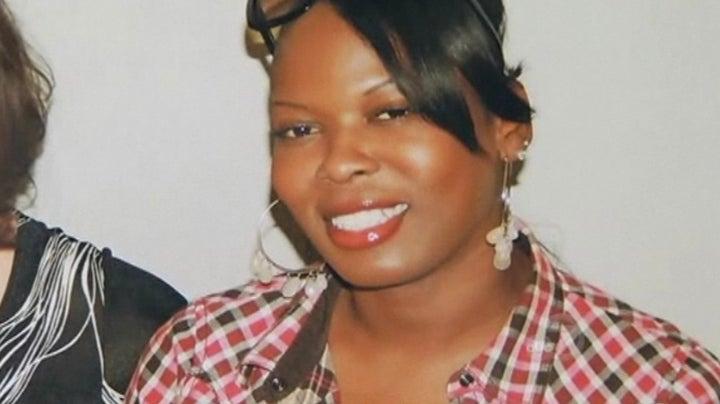
Since the first Transgender Day of Remembrance in 1998, the violent deaths of trans women of color have unfortunately come to dominate the yearly event designed to remember and celebrate the lives of those who were victims of transphobic murders. This year is no different as events around the country are set out to mourn recently deceased trans women of color, such as Brandy Martell, Coko Williams, Paige Clay and Deoni Jones -- all black women whose only crime was daring to live openly. Notwithstanding the recent advancements in the transgender movement, including the precedent set in extending employee protection rights to all members of the community, the deaths of these women continue to highlight the severe reality of injustice that trans people of color endure in the face of systemic racism, thus making it very clear that the goal of eradicating gender oppression as a necessary step in the transgender movement is one that is failing to keep trans people of color alive.
I do not need to stress the importance of Transgender Day of Remembrance as a viable act of visibility and resistance. However, it is not enough for us to simply mourn these victims; we have to take the necessary steps to destroy the racist institutional barriers that perpetuate their deaths and not leave the burden of responsibility on communities of color. Instead, predominately white-led transgender advocacy organizations, which undoubtedly have the greatest access to resources, financial and otherwise, must begin to seriously consider the lives of the most vulnerable members of our community by developing and enforcing policy that takes an intersectional approach to the identities of trans women of color.
For one, a cogent understanding of the historical structural barriers that prohibit economic advancement for all people of color must form the basis of our advocacy. We cannot successfully implement laws and policy without focusing attention on the reality that the economic insecurity experienced by trans women of color is a product of systematic and cyclical poverty. In so doing we can then begin to thoughtfully create employment programs that are specifically targeted at trans people of color and our right to economic justice.
It also means understanding that unlike our white counterparts, we trans people of color suffer the stresses of racism and are more susceptible to physical ailments such as high blood pressure, mental illness, depression, etc. It is therefore important not only to build energy around the need to access health care related to hormones and transition-associated surgeries, but to give attention to culturally competent and affordable health care that considers racial oppression and the state of "dis-ease" it fosters. Our health is our greatest defense in keeping trans communities of color alive and thriving.
Furthermore, by centralizing race, transgender advocates can begin to chip away at the educational disparities experienced by trans youth of color. The fear of harassment on the basis of not only gender-nonconformity but racial discrimination has forced many trans youth of color to suffer through bullying as an expected consequence or drop out of school altogether, ultimately furthering the gap in economic advancement. In creating safe spaces for trans youth of color, specifically girls, we have to cultivate an environment that honors and values their race as well as their gender orientation.
While transgender folks celebrate the recent gains of the movement, we cannot forget that transgender people of color have limited access to those gains. If striving for the equal recognition of all transgender people is our goal, then the steps that ensure the longevity of trans people of color cannot remain secondary to our mission.
Let us celebrate this on Nov. 20.
This piece originally appeared on blac (k) ademic.